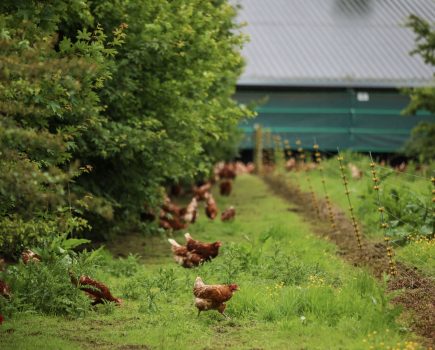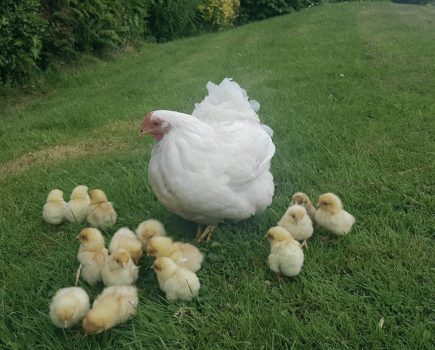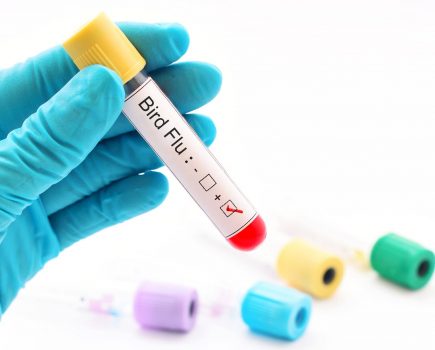Rehoming ex-commercial hens continues to be a popular pastime among people wishing to keep hens as a hobby. As Joanna Palmer, nutritionist for the Smallholder Range explains, they make great pets and soon become part of the family
Knowing where your eggs come from and the reward of providing happy homes for these hard working girls makes rehoming ex-bats an extremely rewarding experience.
It is commonly thought that all are rehomed in poor physical condition, but thankfully this is usually no longer the case. The introduction of the new enriched colony cages in 2012 has led to a significant improvement in the birds’ overall condition, with the majority reaching their new homes much healthier and fitter than those that were previously rehomed from original battery cages. With this improvement in their overall condition, there is no longer a need for a specialised feed for ex-bats. However, it is important that they are fed a good quality, nutrient rich feed in their new homes.
Most ex-bats continue to lay well after rehoming and Smallholder Range Natural Free Layers Crumble and Pellets are perfect for meeting their nutritional needs, helping them to gain weight and re-grow plumage as well as lay tasty eggs with strong shells. The inclusion of high quality protein sources helps to promote the growth of strong, healthy feathers and correct levels of vitamins and minerals ensure a balanced diet is provided. In particular, calcium and vitamin E guard against brittle bones and help the body to recover from stress. Omega 3 sources are included to provide essential fatty acids which are vital for healthy joints, plumage and eggs. It also contains a prebiotic which helps to promote good health.
Commercial hens are fed a meal/crumble type layers feed and it is important that in the first few weeks after re-homing they continue to be offered ad lib access to a similar feed. Poultry tend to select their feed by size and texture, so if they are suddenly offered feed in an unfamiliar form when they arrive in their new home, they may not recognise it as food and end up going hungry. Many people choose to move their ex-bats on to layers pellets and these can be mixed in with the meal/crumble right from the start, to aid a smooth change over.
Smallholder Range Natural Free Range Layers Pellets and/or Crumble should be fed on a free access basis, with an average hen eating between 100 and 150g of feed per day. Like all laying hens, ex-bats should have free-access to clean, fresh water and insoluble grit to aid food digestion. They will also enjoy an afternoon treat of a little mixed corn.
• Find out more about caring for your chickens by calling the Smallholder Range Helpline on 01362 822 902 or visit the website at www.smallholderfeed.co.uk
• Find out more about rehoming ex-bats at www.bhwt.co.uk






